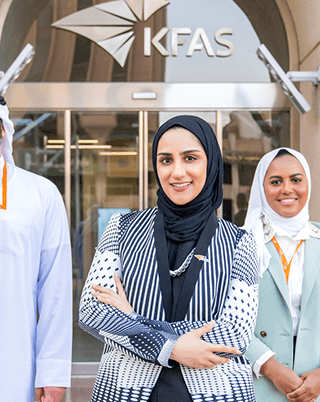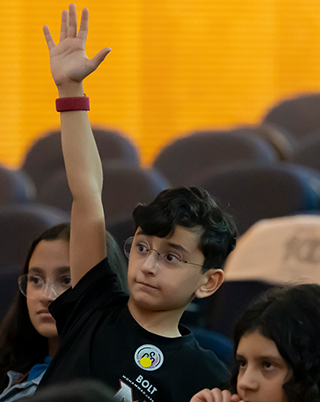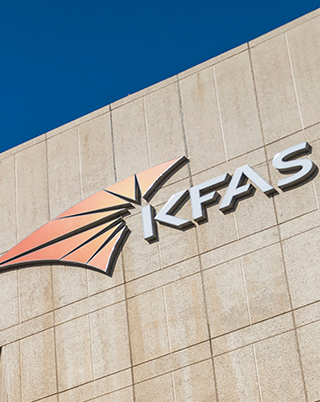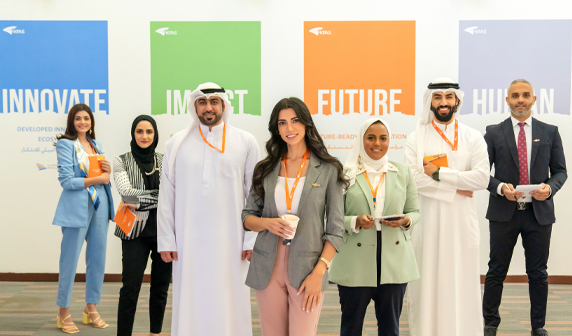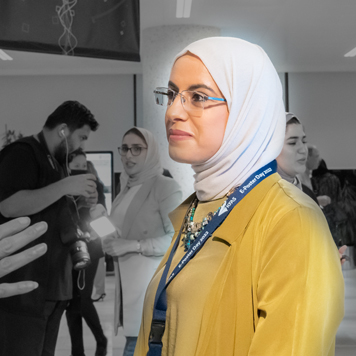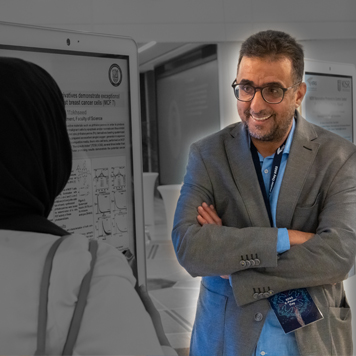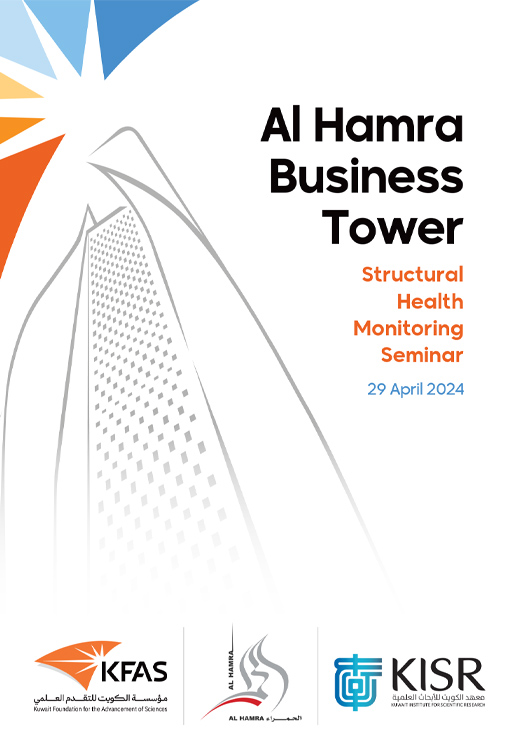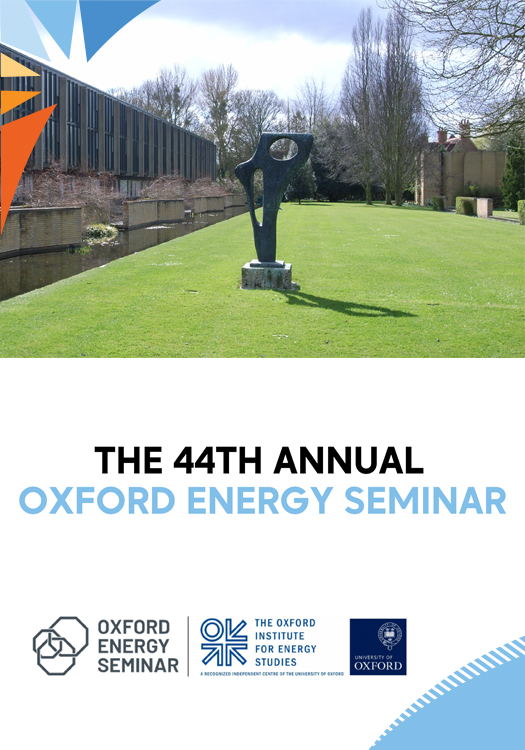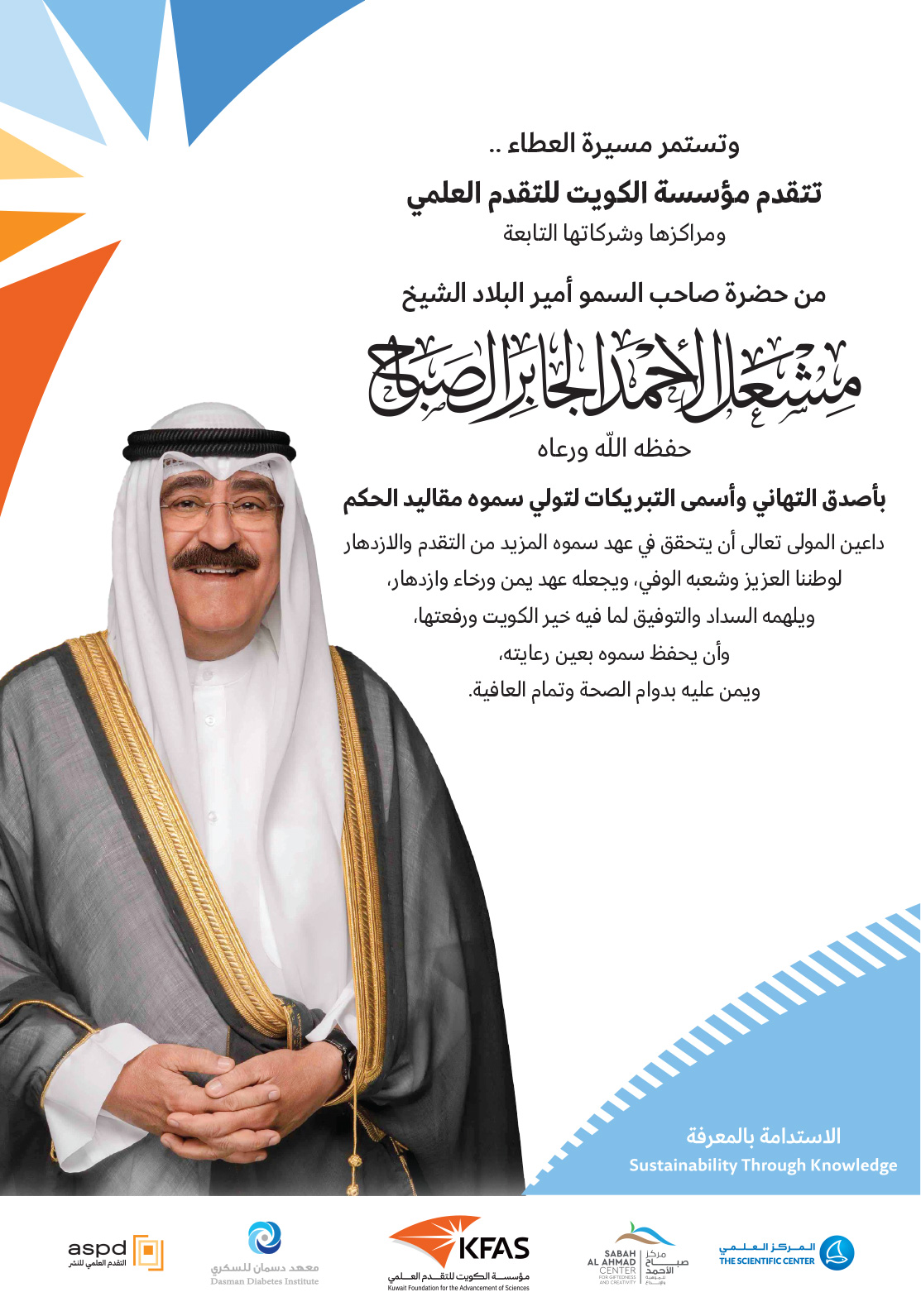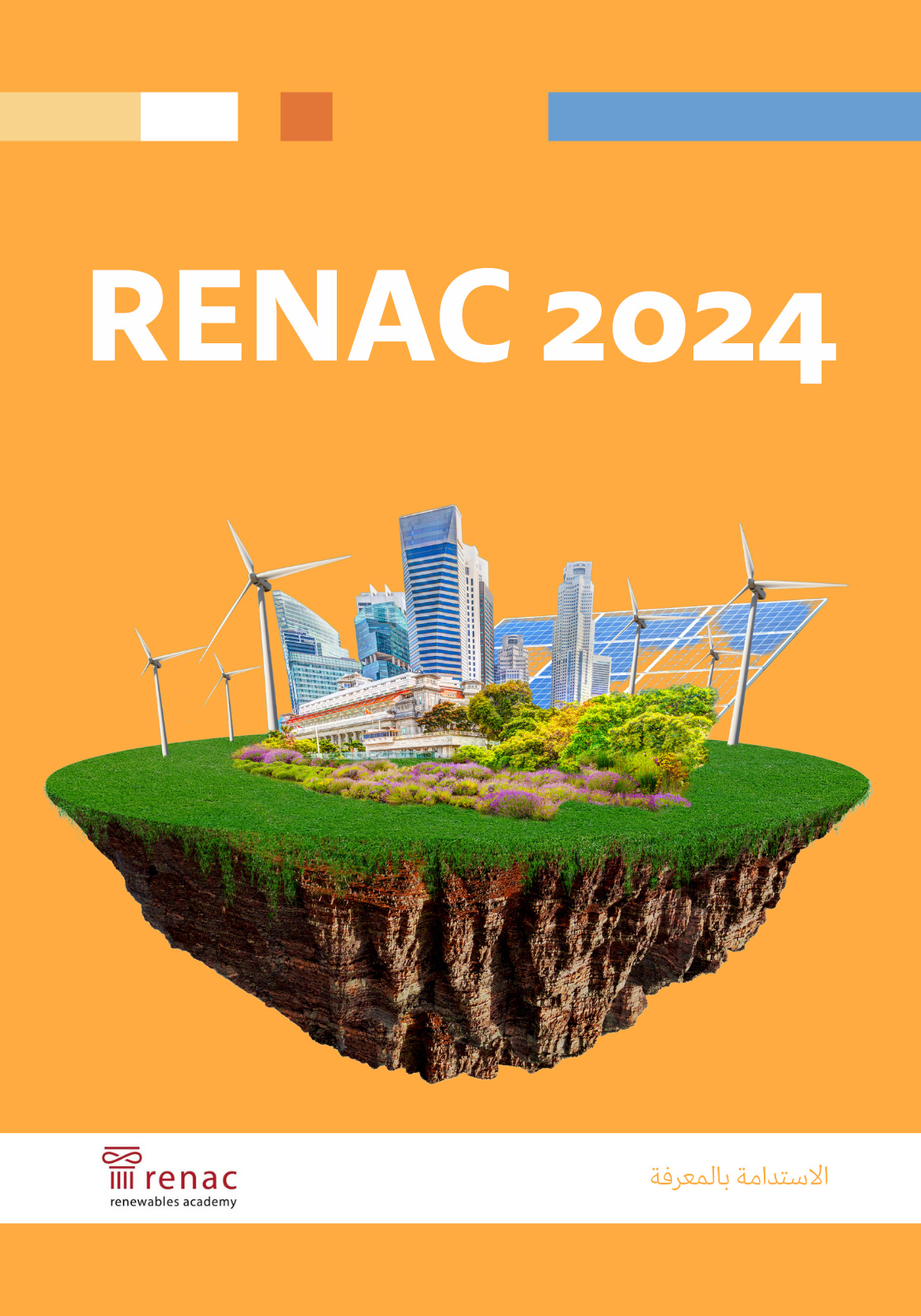A less invasive approach to treating cancer
Although radiation and chemotherapy are powerful tools for treating cancer, they cause serious side effects. Along with cancer cells, they damage or kill healthy cells. Dr. Saad Makhseed of Kuwait University is working on a technique that promises to kill cancer cells without harming their healthy neighbors.
The approach, known as photodynamic therapy (PDT), relies on a combination of three ingredients - oxygen, light and a molecule known as a photosensitizer - each of which is harmless on its own but can kill a cell if combined correctly.
When illuminated at the correct wavelength, the photo-sensitizer reacts with nearby oxygen and converts it into a more active form known as singlet oxygen. These highly reactive oxygen molecules are toxic to cells, damaging their components and eventually causing their death. By making sure that the photosensitizer is absorbed only by the cancer cells and illuminates them as accurately as possible, doctors can administer PDT to kill cancer cells without harming any healthy tissue.
Makhseed, a chemist, is interested in studying molecules known as phthalocyanines (Pcs) in an effort to improve their performance as catalysts. While reading about these molecules, he discovered that they are used in PDT. “Medicine fascinates me, so I started reading more about this research approach and the difficulties and challenges, and the kinds of properties needed to use these molecules in photodynamic therapy,” he said.
Pcs are in principle very efficient at producing monooxygenase, but some drawbacks have limited their practical uses. The first challenge is that the Pcs particles are not soluble in water and thus tend to clump together and form agglomerates that stop interacting with oxygen.
To get around this, he designed and built traps for Pcs molecules with large attachments stacked on top and bottom, like the stuffing between two donuts. By using electrically charged attachments, he hoped to prevent the particles from clumping up.
Makhseed reached out to Petr zimčík at Charles University in the Czech Republic to help him analyze the new molecules. “We had some facilities that Makhseed did not have at that time, so we were able to evaluate the photo-physical properties of the compound,” zimčík said. He added, “The amendments completely hampered the agglomeration process, which is really important in this field. We really liked these molecules.”
Through his continued collaboration with zimčík, Makhseed was able to improve the design of pcs. In the latter structure, the zinc present in the core of the molecules was replaced by indium metal, thus increasing its efficiency in the production of monooxygenase.
A second major challenge is ensuring that only cancer cells absorb the Pcs particles. He was able to do this by attaching specific functional groups to the molecules to make them more attractive to cancer cells. For example, because cancer cells divide rapidly, their metabolism rates are higher than normal cells, so attaching Pc to a sugar molecule will make the cancer cell more willing to absorb it.
Synthesizing large and complex molecules is not an easy task. Thanks to funding from the Kuwait Foundation for the Advancement of Sciences, Makhseed now has facilities to test the physical properties of the molecules he developed, but he still needs to send them to zimčík and other collaborators for testing in cell cultures and, eventually, in animal models.
Makhseed recently overcame the challenge of developing repetitive synthesis techniques. "We've developed a building block with specific functionality that allows us to bind anything we want to phthalocyanines," he said. Using this technology, he can produce pcs with different add-ons to target cancer cells, whether from carbohydrates, amino acids or lipids, for example. "Using information available from biological research, we should be able to design molecules that are highly selective and favored by cancer cells," Makhseed said.
Makhseed registered a patent for these molecules and their new synthesis technology, and he has high hopes for them. He said, “These technologies will not only benefit the Kuwaiti society, but also the Gulf region and even the entire world.” He added, “This type of treatment does not involve invasive procedures, so it can be performed as often as needed. It can be very selective, so it does not cause side effects in patients, and there is no need for surgery.”
zimčík plans to include Pcs particles in a global project to test the efficacy of different Pcs zimčík. Besides the compounds Makhseed has synthesized, zimčík collects molecules from labs in China, Russia, Spain, Poland and elsewhere. “The biological evaluation of PDT activity is performed differently in each laboratory, which makes it difficult to compare results,” said Makhseed. So, we wanted to standardize the protocol and collect and compare the best published molecules to see what differences there are between them.”
Makhseed's new technique of modifying the structure of phthalocyanines also opens up the possibility of synthesizing them for use as catalysts, bringing it back to the starting point. In addition to his work on photodynamic therapy, the researcher is developing modified Pcs particles to absorb carbon dioxide or purify water, and is in the process of initiating a collaboration with a laboratory at Durham University, UK, to develop organic light-emitting diodes.
“The knowledge we gain is very important for Kuwait,” Makhseed said. This research gives us new information and helps us develop optimal molecules more quickly. I am working on building cooperative relations with external parties and returning that knowledge to Kuwait.”
Makhseed hopes that his work will develop into an effective treatment for cancer and become available to everyone. He said: “What we have now can be used as a drug in the future if funders help us find the right research teams and prepare clinical trials. I want to be part of a field where we help people get treatment and even a full recovery.”
Learn More


